Winter Outage Information
No one likes outages, especially when they happen in the middle of winter! Be prepared for the possibility of winter weather-related outages by going through the information on this page!
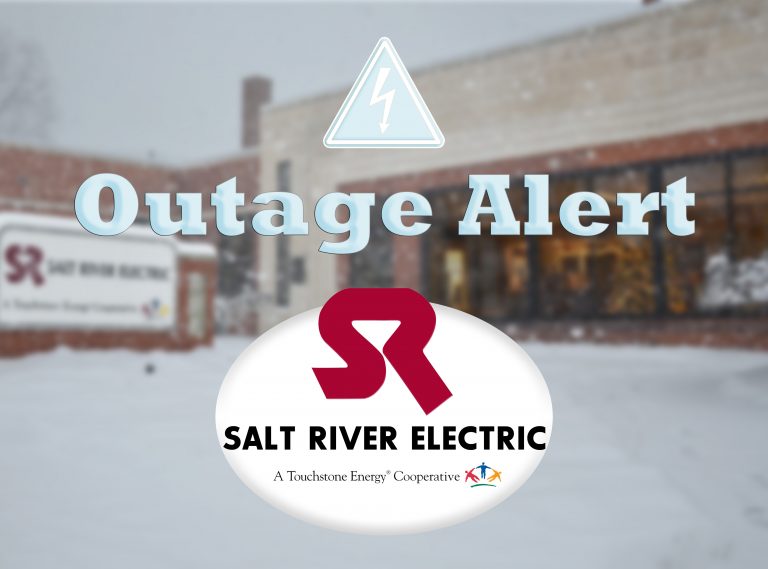
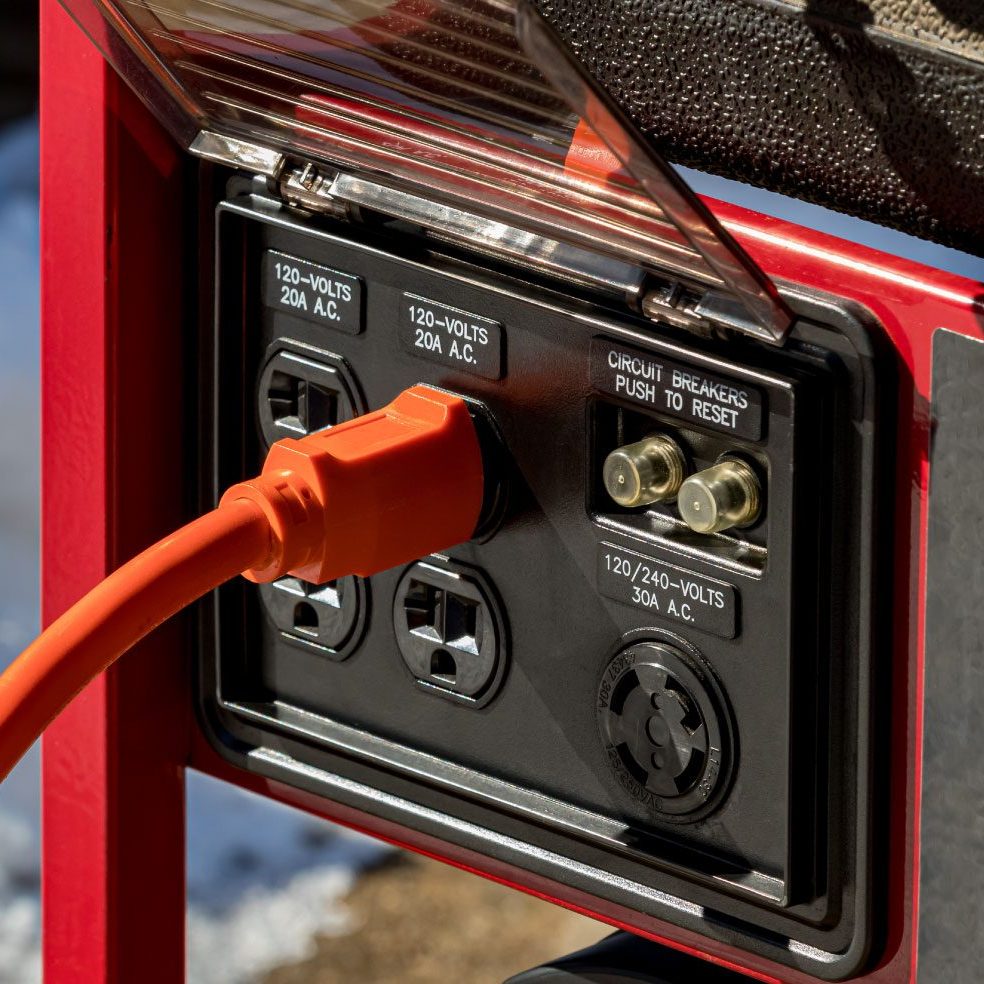
Generator Safety
If your home goes dark due to an outage, an electric generator can be a great resource for homeowners, especially if the storm and damage is severe and the outage is prolonged. But small portable generators pose risks that homeowners need to be aware of!
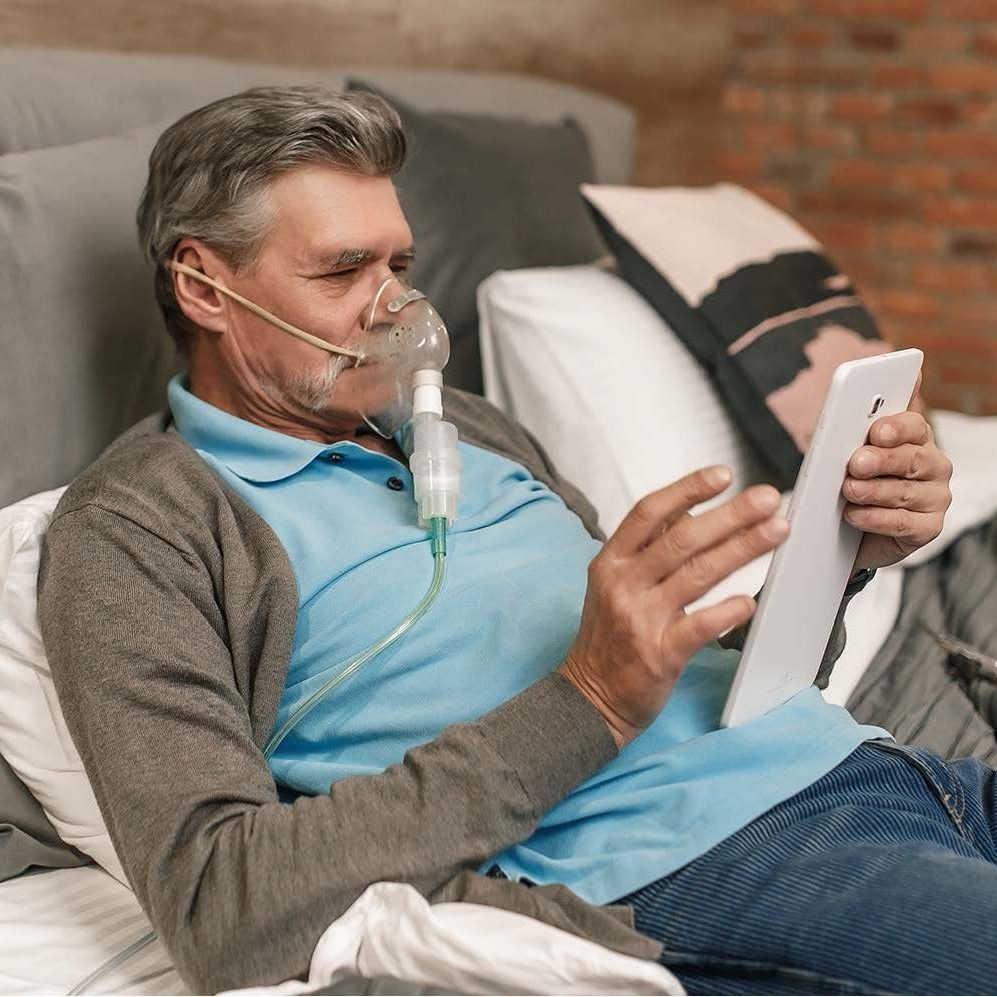
Medical Users
Dependency on medical devices requires planning for emergencies. Don’t let an unexpected event like an extended power outage become a life-threatening situation. Instead, read through these six steps to take to prepare for the possibility of potential outages.
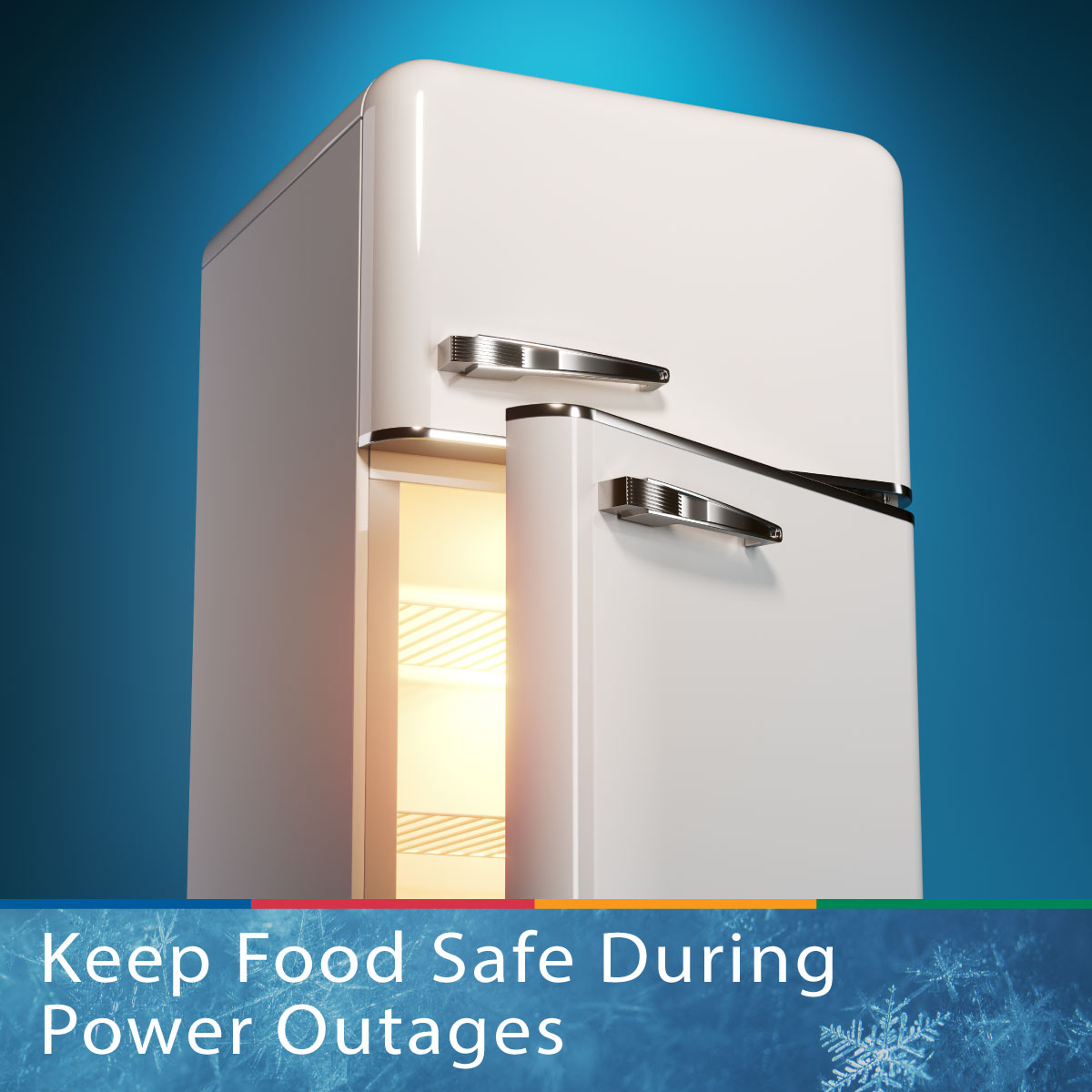
Keeping refrigerated food safe
Generally, perishable foods are good for up to 4 hours if the doors of the refrigerator are kept closed during that time. If you have a freezer full of food and it is kept shut, the timeframe is around 48 hours, 24 hours if the freezer if half full. Click the link below for more information!
How we restore power
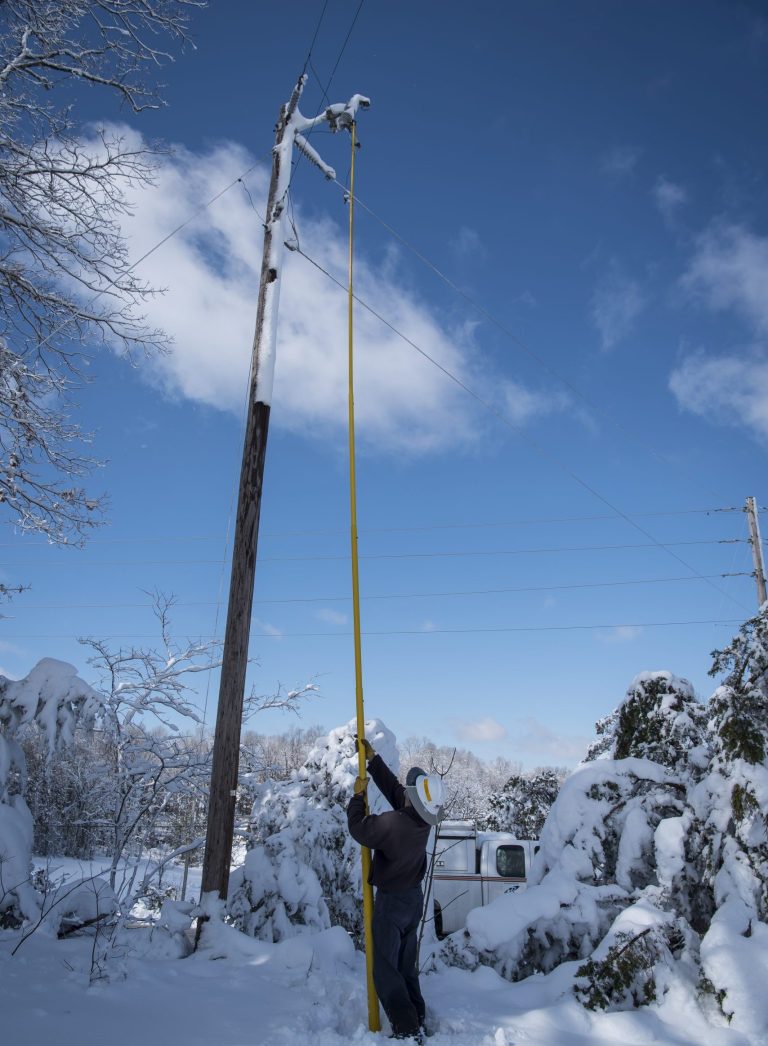
Outages are an unfortunate reality that electric cooperatives have to deal with from time to time, with the winter months becoming a particularly hazardous time of year for the lights the go out. Here at Salt River Electric, it’s our goal to keep the lights on. But when Mother Nature wreaks havoc, we feel it’s important that our members know our restoration plan and the effort it takes to restore power to their homes and businesses.
First things first, though, our crews need to know where an outage is. While many pieces of our grid infrastructure can alert us to an outage, it’s never a bad idea to report it yourself. The quickest and easiest way to report an outage is on our mobile app, SR Electric, which can be downloaded from the Google Play store or Apple App store. Once you submit an outage, it takes approximately 10-15 seconds to appear in our dispatch center.
Once we identify an outage, our crews will start repairs once it is safe to do so. Crews sure critical services like emergency services are taken care of, then begin their restoration efforts with the main distribution lines, the focusing on the lines that service the greatest number of homes and businesses. We want to work efficiently, getting the most amount of people back on at one time as possible. That means if you live in a remote, hard to reach area, prepare for the possibility of a prolonged outage if the problem is nearby.
After those repairs are made, crews will begin to work on tap lines, which deliver power to transformers, either mounted on utility poles (for above-ground service) or placed on pads (for underground service). Finally, individual service lines that run between the transformer and the home are repaired.
A common question we get during power restoration: why is power back on at my neighbor’s house but not mine? If your home doesn’t have service restored at the same time as your neighbors, there are a couple of possible reasons. First, even though your neighbor is next door, their power may come from a different substation, transformer or line than yours. Also, there may be damage to the service wires that connect your home to our grid.
